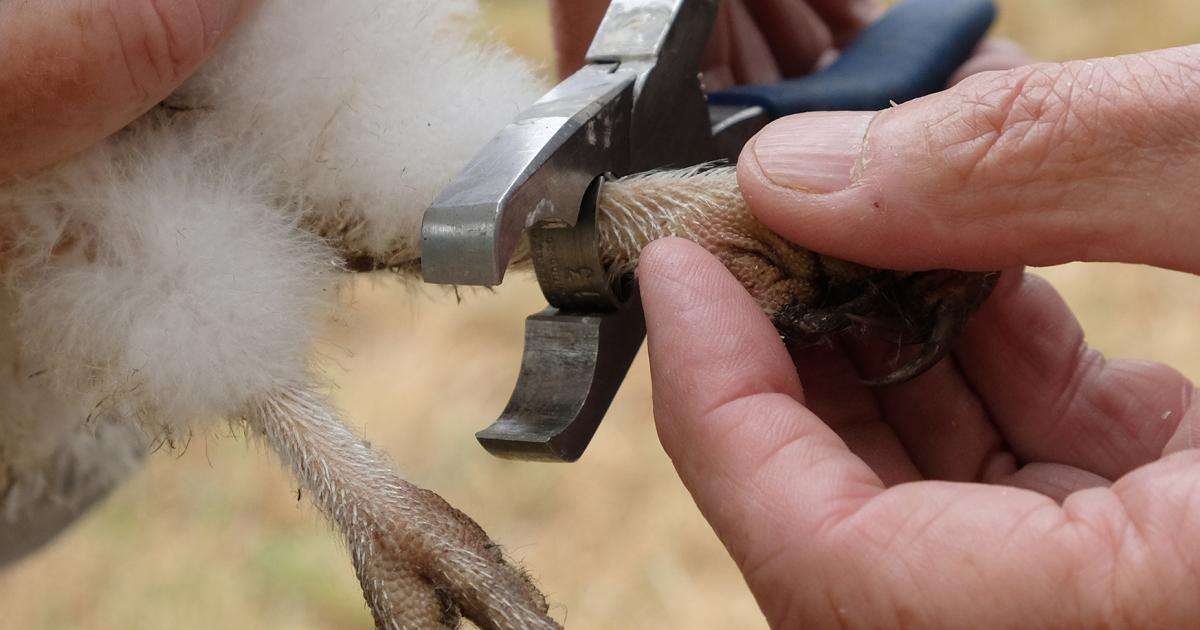Over the past 20 months, 80 specially designed barn owl boxes have been erected across the 79 square mile National Landscape in North Yorkshire.
Last year saw the first three chicks ringed and now experts report another significant step forward.
Chris Gibson, who is working on the project with his colleague Colin Gibson, said: “So far this summer five boxes have had breeding barn owl pairs and a total of eight healthy chicks have been ringed. Two more had families of small chicks which all being well will be ringed shortly. On top of that 19 boxes had signs that barn owls had visited them, but not bred, such as regurgitated pellets or feathers. Barn owls do work to their own timetable and have a long breeding season. That means a pretty hectic schedule for conservationists.”
Traditionally barn owls nested in tree hollows, or in old farm buildings. Due to buildings being modernised and old trees either falling down or being felled, erecting boxes is crucial in making up for a shortfall in these habitats.
Nick Burrows, from the Howardian Hills National Landscape, explained: “As many as 80% of the UK’s barn owls use man made boxes. We’re pleased with how the project is developing. It’s such an iconic bird, but one that has struggled in the 20th century. Linking farmers and land managers with conservationists is the key to giving the owl a brighter future.”
Ringing owlets is an important conservation tool. Each ring carries a unique number allowing individuals to be identified and aged in the future. Generally chicks fledge two months after hatching and are capable of breeding the following year. They also have a tendency to stick to the territory they know.
Colin Gibson said: “As well as providing homes for the barn owls it is important that their feeding habitat is protected. Small rodents are their main food and to raise a family an adult pair of birds will have to catch up to 2,000 voles, shrews or mice. Farmers are helping with this by leaving margins around their fields and also planting areas of wild seeds for pollinators, which is ideal habitat for rodents.”
Barn owls are protected in the UK under the Wildlife and Countryside Act 1981. Due to projects like the one in the Howardian Hills the population is starting to increase. They have been taken off the amber warning list and are now designated as a green listed species. With a wingspan up to 90 cm, they live for about four years in the wild. One estimate suggests there may be 4,000 breeding pairs in the UK, but no one knows for certain.

